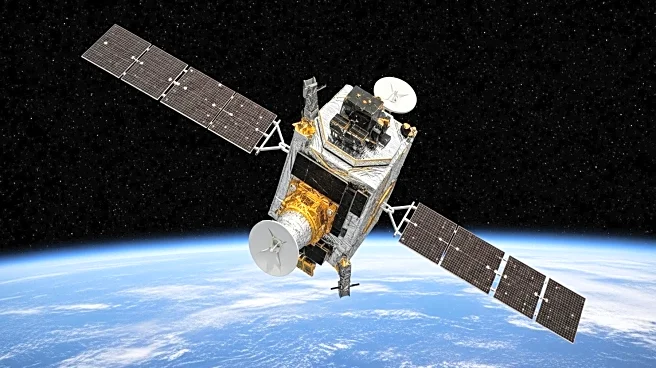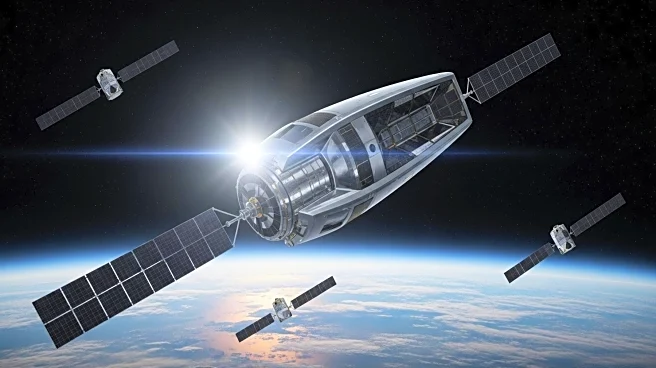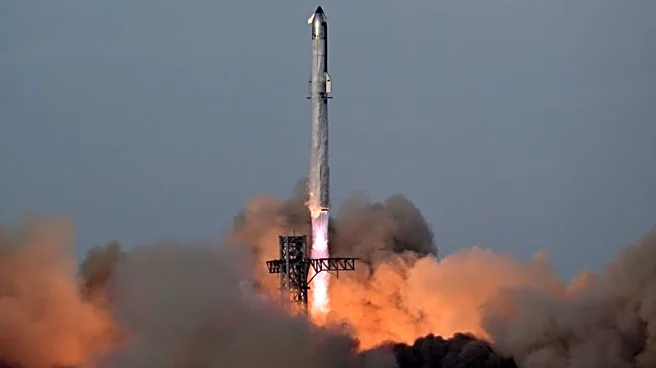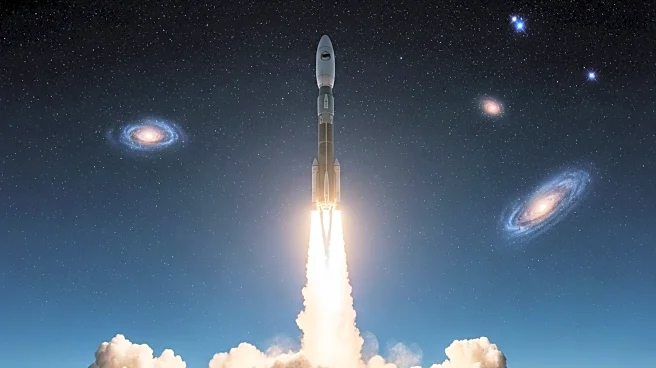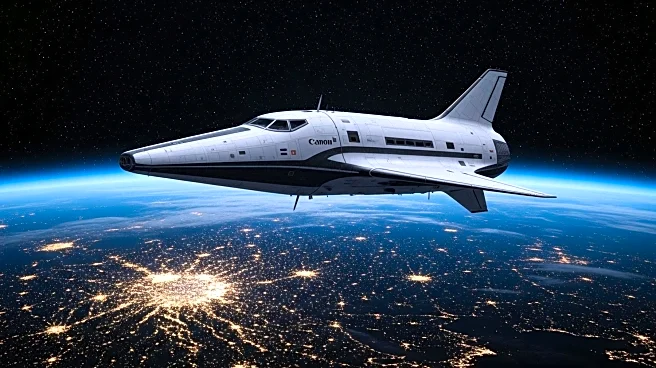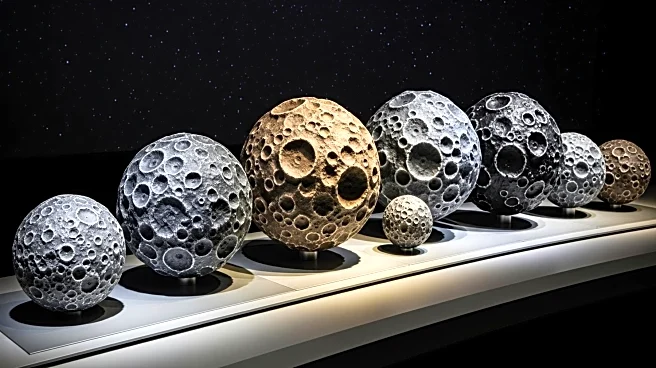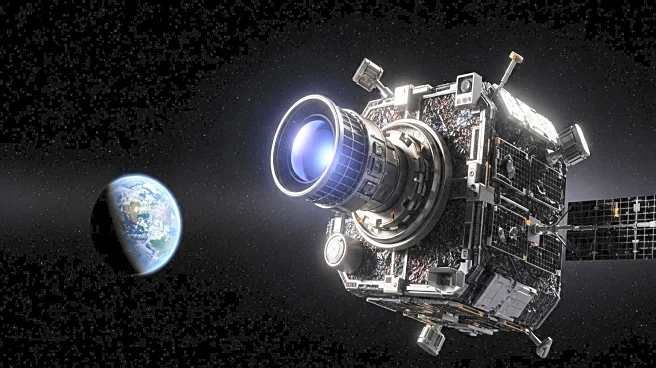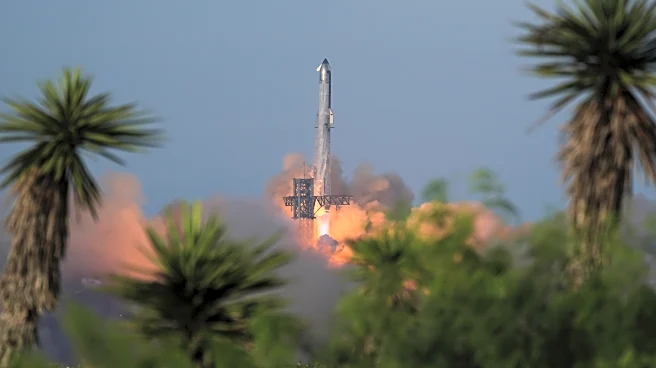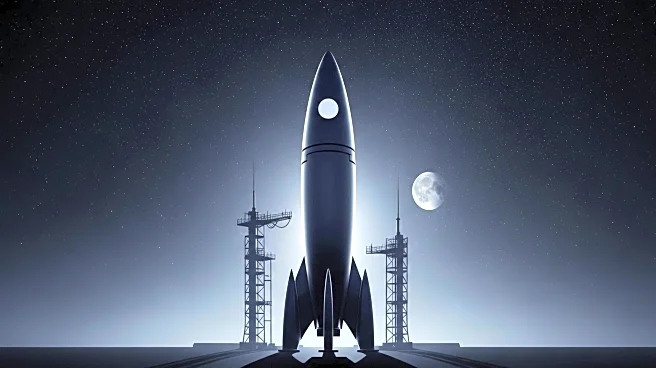Rapid Read • 9 min read
The Southwest Research Institute (SwRI) has developed a new micrometeoroid and orbital debris detection system aimed at identifying and characterizing debris strikes on spacecraft. This system is designed to provide early warnings and detailed analysis of debris impacts, which is crucial for enhancing the safety and longevity of space missions. The detection system combines structural components with sensors to record data about collisions, determining the size, speed, and composition of the impacting debris. Dr. Sidney Chocron, an Institute Scientist at SwRI, highlighted the importance of the device, stating that it is designed to send data back to Earth with important insights before any damage is apparent. The system has been tested using a light gas gun to simulate real orbital collisions, successfully verifying its ability to detect impact events and analyze debris characteristics.
AD
The development of this detection system is significant as space debris poses a growing threat to spacecraft, especially those in low-Earth orbit. With the increasing number of satellites being launched annually, the risk of collision with space debris grows. The SwRI system represents a major advancement in space debris detection technology, providing early warnings that could help spacecraft adjust orbits to avoid potential collisions. This capability is crucial for developing more resilient spacecraft and could inform future spacecraft design, making them better equipped to withstand debris impacts. The system's success could lead to improved strategies for debris mitigation and spacecraft protection, contributing to the safety and sustainability of space operations.
SwRI is seeking funding to develop a space-ready version of the detection system for deployment on operational missions. The potential applications of this technology extend beyond individual spacecraft safety, as it could be integrated into an early-warning network, allowing satellites to share impact data. This information could enable satellites to adjust their orbits, reducing the risk of cascading debris events. The ongoing research aims to build a comprehensive map of the debris field, providing valuable insights for space agencies and the satellite industry. As testing continues, SwRI hopes to refine the system and expand its capabilities, paving the way for safer and more sustainable space missions.
The SwRI debris detection system represents a proactive step towards addressing the challenges posed by space debris. By enhancing our understanding of the debris environment and improving impact detection, the system could significantly reduce the risks associated with space exploration. The success of this technology depends on continued research and collaboration between space agencies, industry, and research institutions. As the number of satellites in orbit continues to grow, ensuring the safety and sustainability of space operations becomes increasingly important. The SwRI system offers a promising solution, but further investment and development are needed to realize its full potential.
AD
More Stories You Might Enjoy
